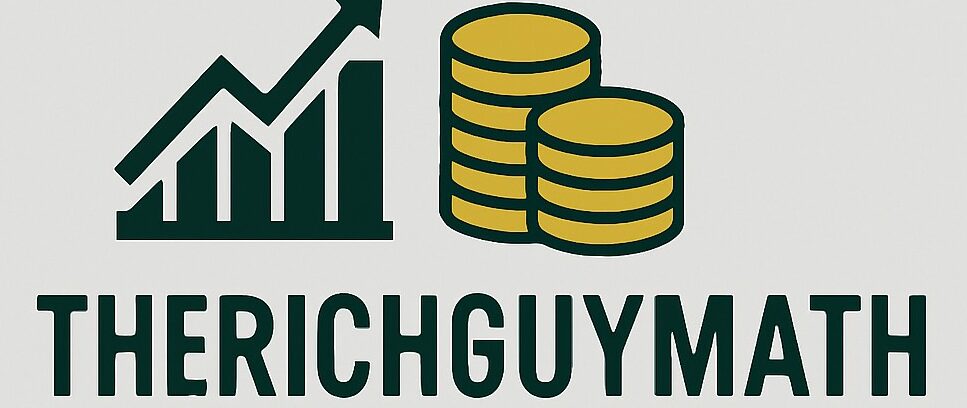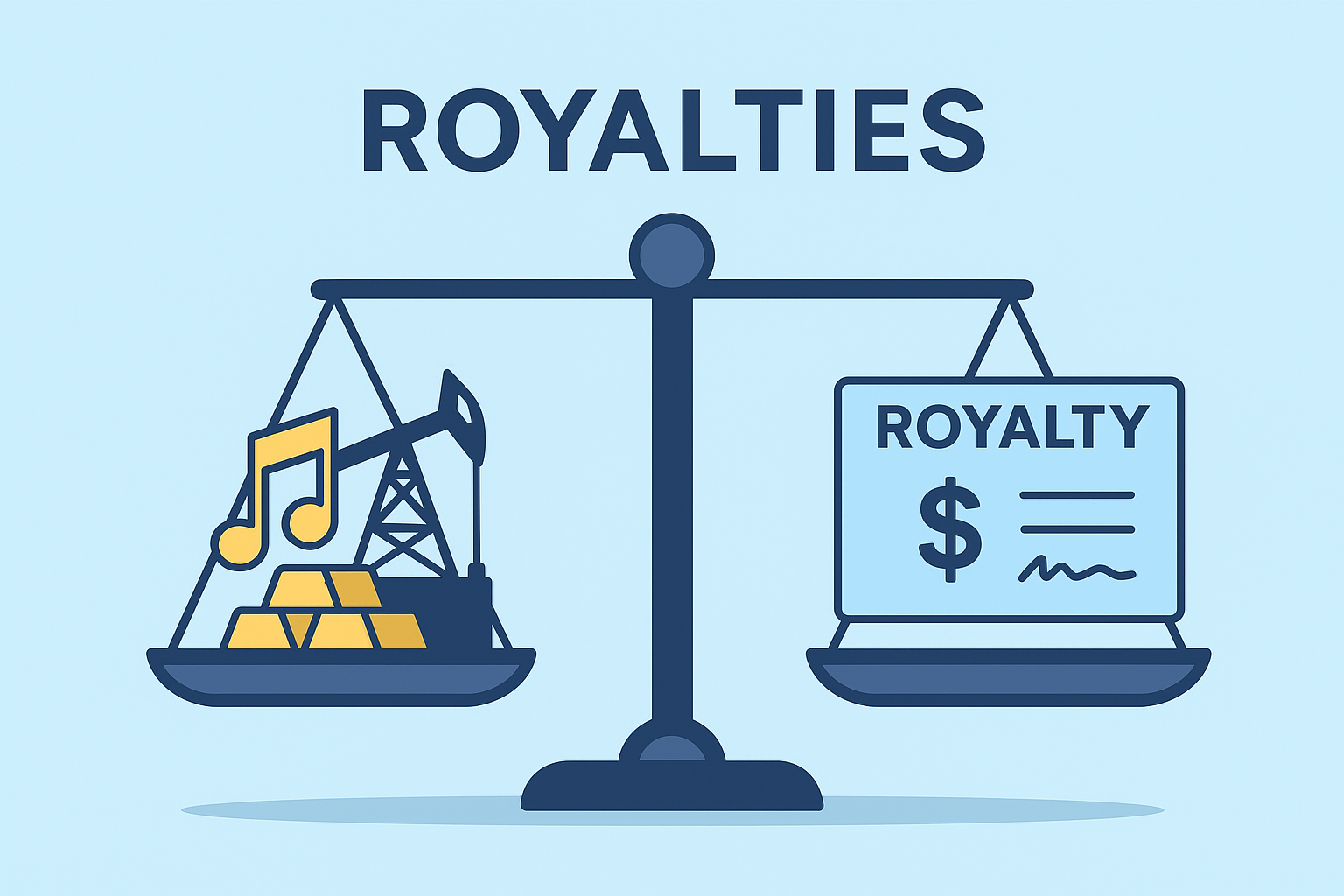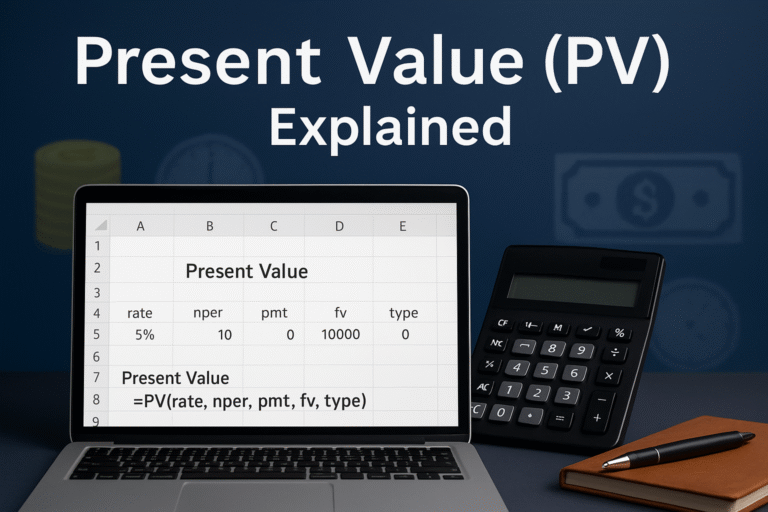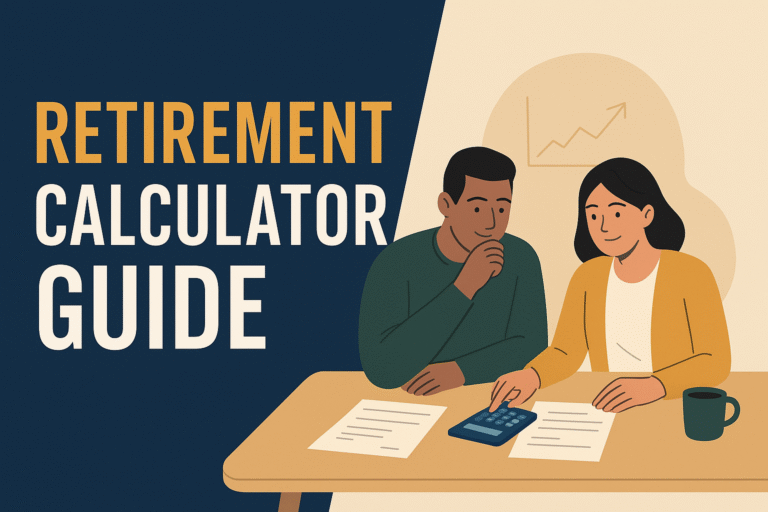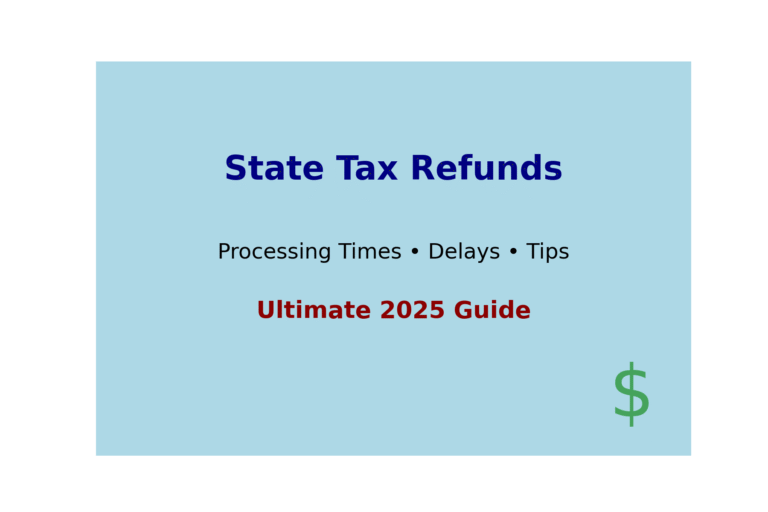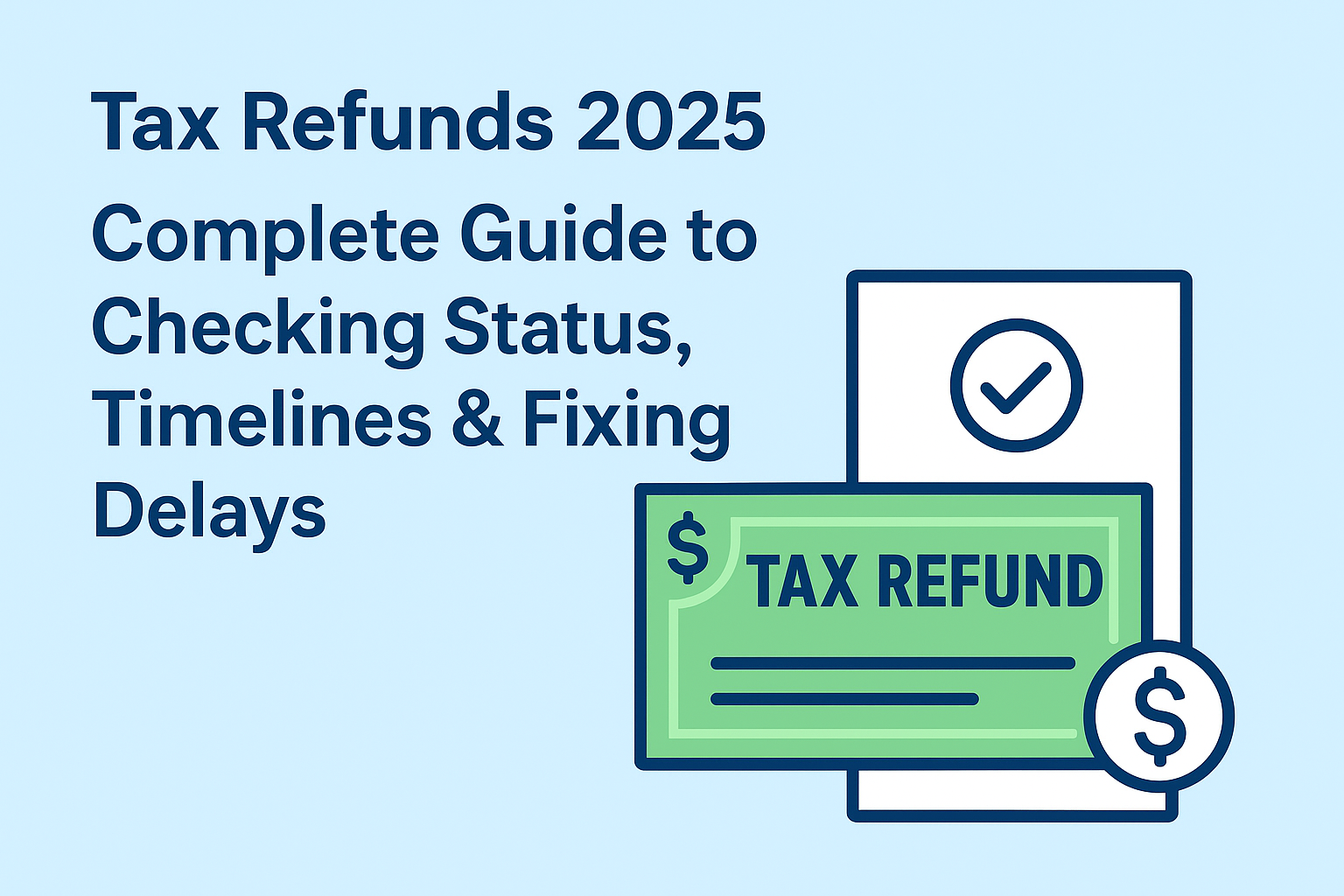What Is the Rule of 72?
The Rule of 72 is a quick, back-of-the-envelope way to estimate how long it will take for your money to double given a fixed annual rate of return.
It’s not a complex equation, and you don’t need a spreadsheet. You simply divide 72 by the interest rate (as a whole number), and voilà, you get an estimate of how many years it’ll take for your investment to double.
The Rule of 72 Formula
72 ÷ Interest Rate (%) = Years to DoubleLet’s say your investment grows at 6% annually:
72 ÷ 6 = 12 years to doubleThat means, if you invest $10,000 at a 6% return, it will become $20,000 in 12 years. And then $40,000 in another 12 years. That’s the power of compounding in action.
Why the Rule of 72 Works
The Rule of 72 is derived from logarithmic mathematics behind compound interest. While not perfectly accurate in all scenarios, it provides a remarkably close approximation for interest rates between 6% and 10%, which is where most conservative long-term investments fall.
It works because compound interest follows an exponential growth curve, and 72 is a rounded constant based on the natural log of 2 (~0.693) multiplied by 100 for simplicity.
Rule of 72 Chart: Interest Rates vs Doubling Time
| Interest Rate | Years to Double |
|---|---|
| 2% | 36 years |
| 4% | 18 years |
| 6% | 12 years |
| 8% | 9 years |
| 10% | 7.2 years |
| 12% | 6 years |
| 18% | 4 years |
At 10%, your money doubles every 7.2 years. So if you’re 30 today, your money can double 4x by retirement age!
Real-Life Example: Doubling $10,000
Imagine you invest $10,000 in a low-cost index fund averaging 8% return annually:
72 ÷ 8 = 9 yearsIn 9 years, you’ll have $20,000
In 18 years: $40,000
In 27 years: $80,000
That’s without investing another dime. This is why starting early is so powerful—the growth accelerates with time.
The Cost of Waiting: Two Investor Case Study
Investor A: James
Starts investing at age 25
Earns a 10% return
72 ÷ 10 = 7.2 years to double
Let’s say James invests $10,000 one time:
- Age 25: $10,000
- Age 32.2: $20,000
- Age 39.4: $40,000
- Age 46.6: $80,000
- Age 53.8: $160,000
- Age 61: $320,000
Investor B: Emma
Starts investing the same $10,000 at age 35
That 10-year delay costs her an entire doubling. She only hits ~$160,000 by age 61. James ends with 2x more money from the same initial investment.
Moral of the story: In compound interest, time matters more than amount.
How to Apply the Rule of 72 in Real Life
1. Estimating Investment Growth
If your ETF portfolio earns ~7% a year, expect a doubling every 10.3 years.
2. Debt Warning
It works in reverse, too!
A credit card charging you 24% APR?
72 ÷ 24 = 3 yearsYour debt will double in just 3 years if unpaid. Compound interest can grow wealth or sink it.
3. High-Yield Savings Account
Earning 4% APY?
72 ÷ 4 = 18 yearsEven at modest returns, your savings can quietly double over time with consistent deposits.
4. Retirement Planning
Let’s say you’re 30 and aiming for retirement at 60. If your average return is 8%, you’ll see your investment double 3x:
- $10k → $20k → $40k → $80k
- That’s 8x your initial investment without additional contributions!
Now, imagine consistently contributing; compound interest becomes a wealth-building machine.
Limitations of the Rule of 72
While the Rule of 72 is simple and useful, it’s not flawless.
- Not accurate at very high or very low interest rates (below 1% or above 20%)
- Assumes annual compounding (not monthly/quarterly)
- Doesn’t account for fees, taxes, or inflation
- Doesn’t include ongoing contributions—purely a single lump sum estimate
Still, it’s a great mental shortcut and educational tool for new investors.
Rule of 72 Variants for Accuracy (Advanced)
If you’re into precision:
- For interest rates under 6%, try using Rule of 69.3
- For rates over 20%, consider using Rule of 76–78
- Or use this quick tweak: javaCopyEdit
Adjusted Rule = 72 + (Rate - 8) / 3
Example:
At 12% interest:
72 + (12 - 8)/3 = 72 + 1.33 = 73.3Takeaway: Time Is Your Greatest Asset
Whether you’re investing in stocks, ETFs, retirement accounts, or even side hustles, start early. The Rule of 72 shows that doubling takes time, and time is the one thing you can’t get back.
Use this rule as a compass:
- Estimate investment growth
- Avoid high-interest debt
- Plan your retirement
- Optimize savings decisions
Internal Resources for Further Learning:
Want to run real-time simulations? Try this free Compound Interest Calculator by Investor.gov
